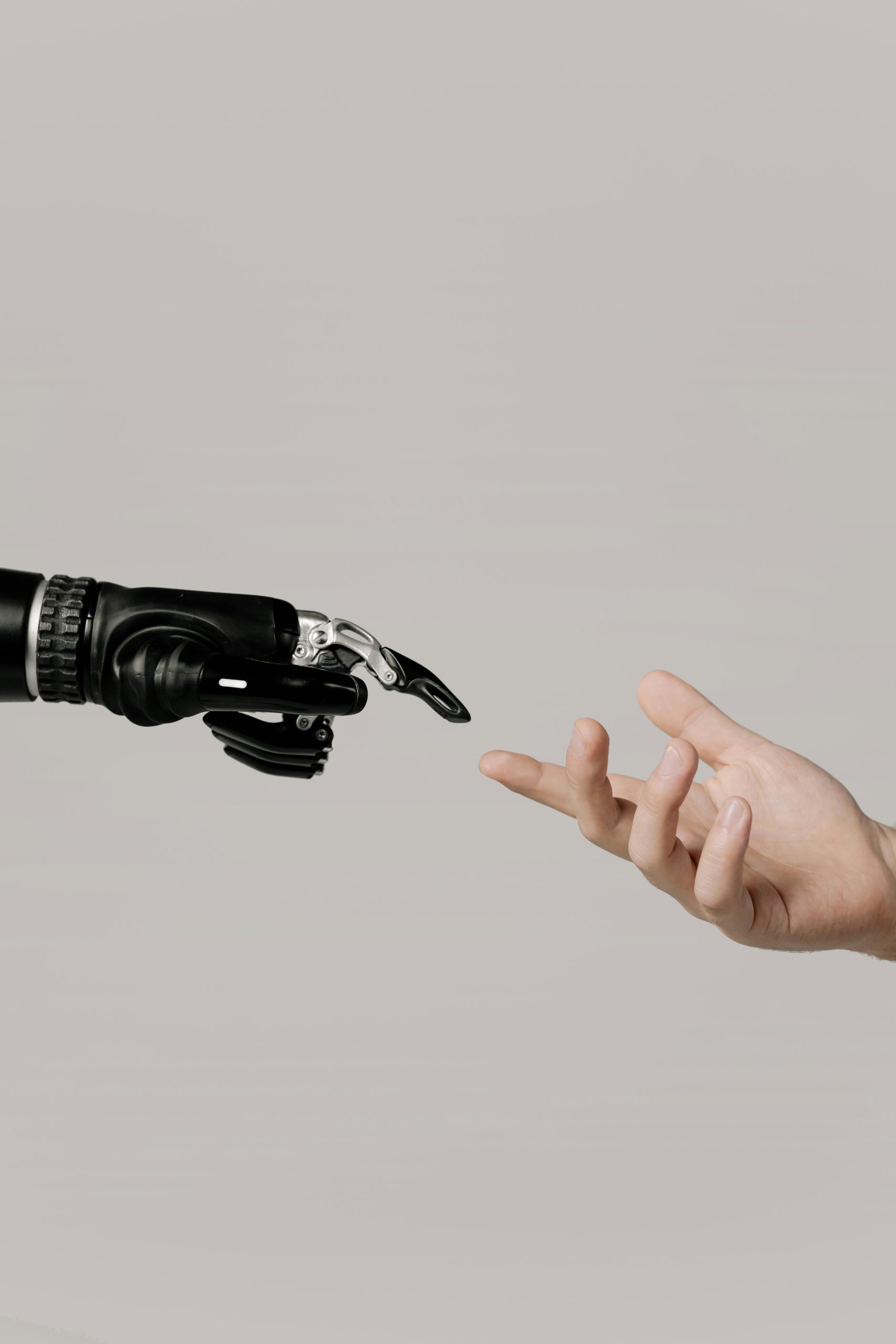I believe AI won’t exacerbate the spread of disinformation.
Understanding the Impact of AI on Disinformation: A Thoughtful Perspective
In recent discussions, many have expressed concern that advancements in artificial intelligence could significantly exacerbate the spread of misinformation and disinformation online. The fear is that AI’s ability to generate vast amounts of convincing yet false content might flood social media platforms, making it even more challenging to discern truth from fiction.
However, upon closer examination, this perspective warrants a nuanced analysis. Let’s explore why the relationship between AI-generated content and disinformation might not be as straightforward as it seems.
The Scale of Content Consumption and Generation
Firstly, consider how individuals engage with content on platforms like TikTok or YouTube. An average user might scroll through approximately 100 to 150 short-form videos in a session. The presence of AI-generated material doesn’t necessarily expand this volume of content viewed; it mainly affects the nature of that existing pool. In other words, whether the content is human or AI-produced, the total amount of content consumed remains relatively constant.
Already, there’s an enormous influx of human-created disinformation that we cannot possibly process or verify—think of countless political hoaxes, misleading headlines, and fabricated stories circulating daily. Adding more AI-synthesized content, even at enormous scales, doesn’t fundamentally increase the amount of disinformation a typical individual encounters because the human-produced disinformation already saturates the environment.
Perception and Consumption Patterns
Furthermore, human attention tends to gravitate toward certain types of content—be it entertaining videos, humorous clips, or emotionally charged stories—regardless of their origins. The structure of social media algorithms often reinforce this, curating a mix of content that aligns with user preferences. As a result, the proportional exposure to disinformation remains relatively stable over time, unaffected dramatically by the source being AI-generated or human-made.
The subtle nature of modern disinformation
Another consideration is how disinformation often operates in more covert ways. For example, edited clips featuring politicians or celebrities saying things they never actually stated can seem plausible, especially when accompanied by manipulative editing or context manipulation. Such content doesn’t always appear as blatant falsehoods but instead employs nuanced framing, making it difficult to identify as disinformation at first glance.
The Upcoming Challenge: Deepfakes and Manipulated Media
The main concern with AI advancements might not be the volume but the sophistication. Deepfake videos and highly convincing doctored images could pose new challenges, especially as they become harder to distinguish from authentic content. Still, in the broader context of media














Post Comment